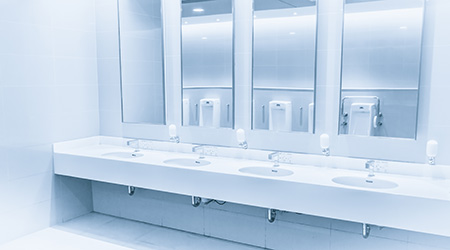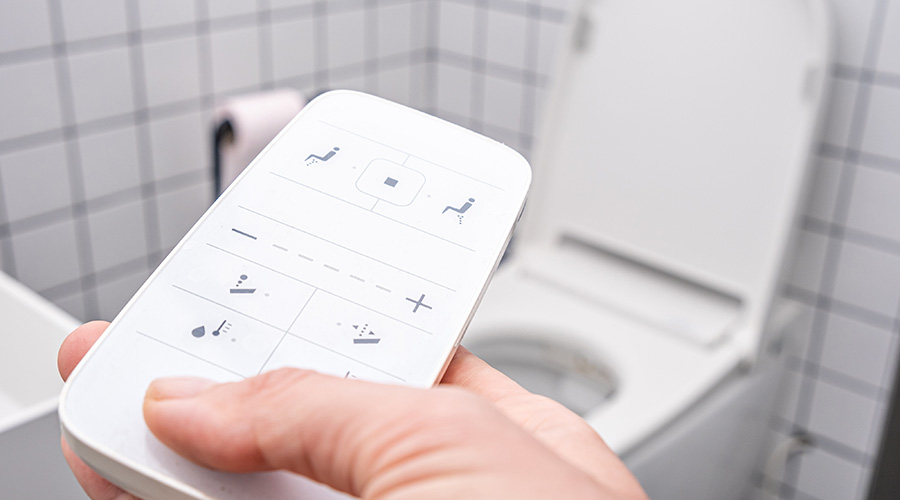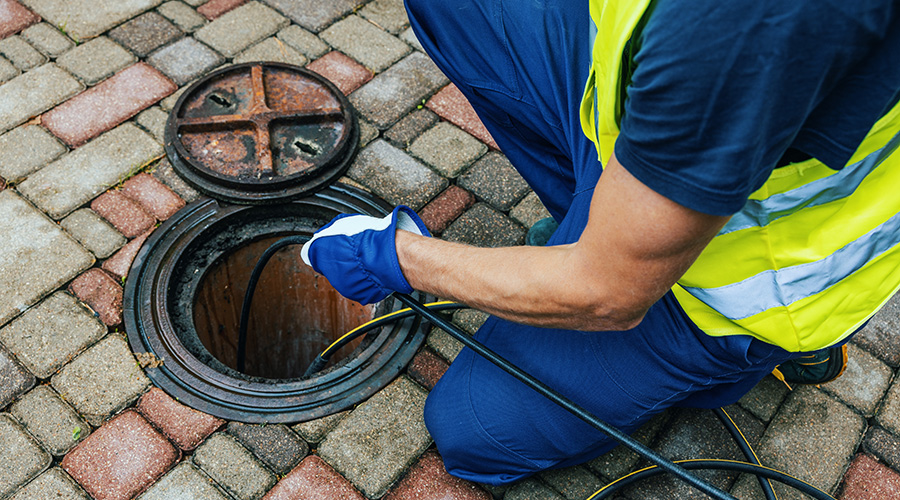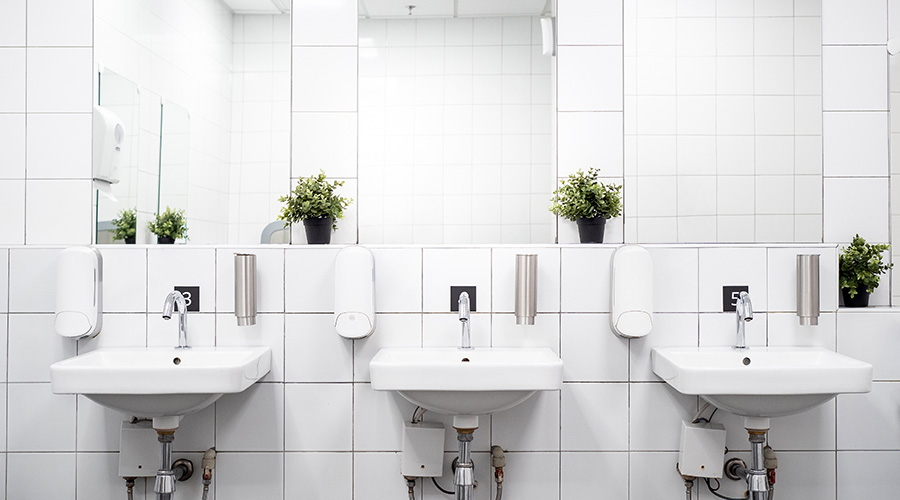How to Create Sustainable, Water Efficient Restrooms
As occupants return to buildings, making sure restrooms are water efficient should be a high priority for facility managers looking to focus on health, wellbeing, and sustainability.
As occupants return to buildings, making sure restrooms are water efficient should be a high priority for facility managers looking to focus on health, wellbeing, and sustainability. /DECK-->
Facility managers are powerful designers and decision makers, challenged with creating and maintaining safe, healthy places that promote wellness. Decisions about restrooms and water use planning offer an opportunity to save money, water, and energy, while also decreasing the environmental impacts.
Restrooms are also top areas of concerns as people return to in-person work and school, seeking sanitary environments. In planning for healthy and efficient restrooms, facility managers can foster a sustainable and resilient world, and maintain the public’s trust in the building’s ability to care for their needs. The efficient use of water in restrooms is a critical priority for any renovation or operational change.
With restrooms using 37 percent of office buildings’ water, selecting efficient features can cut their restroom water and sewer utility bills to save money. Over the past decade, water costs have risen dramatically. Water utility costs are expected to continue to rise in order to offset the costs of replacing aging water supply infrastructure. Using less water also saves energy, as the costs to heat the water go down with the reduced volume of water used.
As facility managers look at changing restroom design due to health, wellness, and safety concerns, the
Leadership in Energy and Environmental Design (LEED) rating system offers excellent criterion for product and design selection. These industry best practices have been successfully implemented on hundreds of thousands of projects, and are now considered industry standard for efficient buildings.
Proper selection of new fixtures for renovation and new construction products brings polish, pride, and intelligence to each project. Third-party verification rating systems like LEED offer guidelines for selecting water efficient fixtures through the credit requirements for indoor water. This includes commercial faucets, toilets, and urinals with the Water Sense labeled low-flow and ultra-low-flow fixtures, as well as dual-flush toilets.
Additionally, to save money and improve the durability, health, sustainability, and efficiency of a whole project or portfolio, create a water use monitoring, education, and replacement plan, and incorporate the expertise of a commissioning agent early in the planning. Holistic water-use planning is an excellent investment, responsible for substantial reductions in utility bills and maintenance needs. These proactive investments can also reduce or eliminate much larger drains on time, energy, and resources.
All buildings should have a water use monitoring, education, and replacement plan. EPA’s WaterSense at Work helps facility managers to develop monitoring-based procedures for water-consuming systems. It offers guidance on water use planning, action plans, metering and sub-metering, leak detection and repair as well as user education and facility outreach.
Outlining these details through the commissioning and maintenance plans — coupled with follow-through — results in high-value, healthy buildings that are less expensive to run. These buildings also offer owners and tenants reduced downtime for intensive maintenance issues. Training, record-keeping, updates to systems manuals, and frequent analyses are all key factors in the long-term durability of a project.
While there’s a strong economic argument for more water efficient buildings, at the core it’s really about ensuring that we continue to conserve an important resource and lessen the strain on our water resources. According to the U.S. Drought Monitor (USDM), 47.81 percent of the contiguous U.S. was classified as experiencing moderate to exceptional drought, and globally water scarcity affects more than 40 percent. Thus, it’s important to use water efficiently to gives everyone greater access to reliable clean water supplies today and in the future.
Elizabeth Thompson is vice president of customer service and LEED support at the U.S. Green Building Council.
Related Topics:












